When we see an image like this I know that the first thing that comes to our mind is to think that we are seeing some "parasite" but in reality we are in the presence of an oligochaete, what we normally know as earthworms, and we have that image of that long worm that hides underground but if we include this fantastic "subclass" we would understand that the vast majority of species are microscopic and we can hardly see it without using a microscope! I had the great luck to run into a nematode this week, that is, a "parasite" that was inside a water flea and two days later I came across an aquatic worm that was feeding on organic matter! so take the opportunity to record and photograph it to create a post and describe this group of annelids!👨🏫
Cuando vemos una imagen como esta se que lo primero que viene a nuestra cabeza es pensar que estamos viendo algun "parasito" pero en realidad estamos en la presencia de un oligoqueto, lo que conocemos normalmente como lombrices de tierra, y tenemos aquella imagen de ese largo gusano que se esconde bajo tierra pero si englobamos esta fantastica "subclase" comprenderiamos que la gran mayoria de las especies son microscopicas y dificilmente podemos verla sin usar un microscopio! tuve la gran suerte de toparme esta semana con un nematodo osea un "parasito" que estaba dentro de una pulga de agua y dos dias despues me consigo con una lombris acuatica que estaba alimentandose de materia organica! asi que aproveche en grabarla y fotografiarla para crear un post y describir este grupo de anelidos!🧫
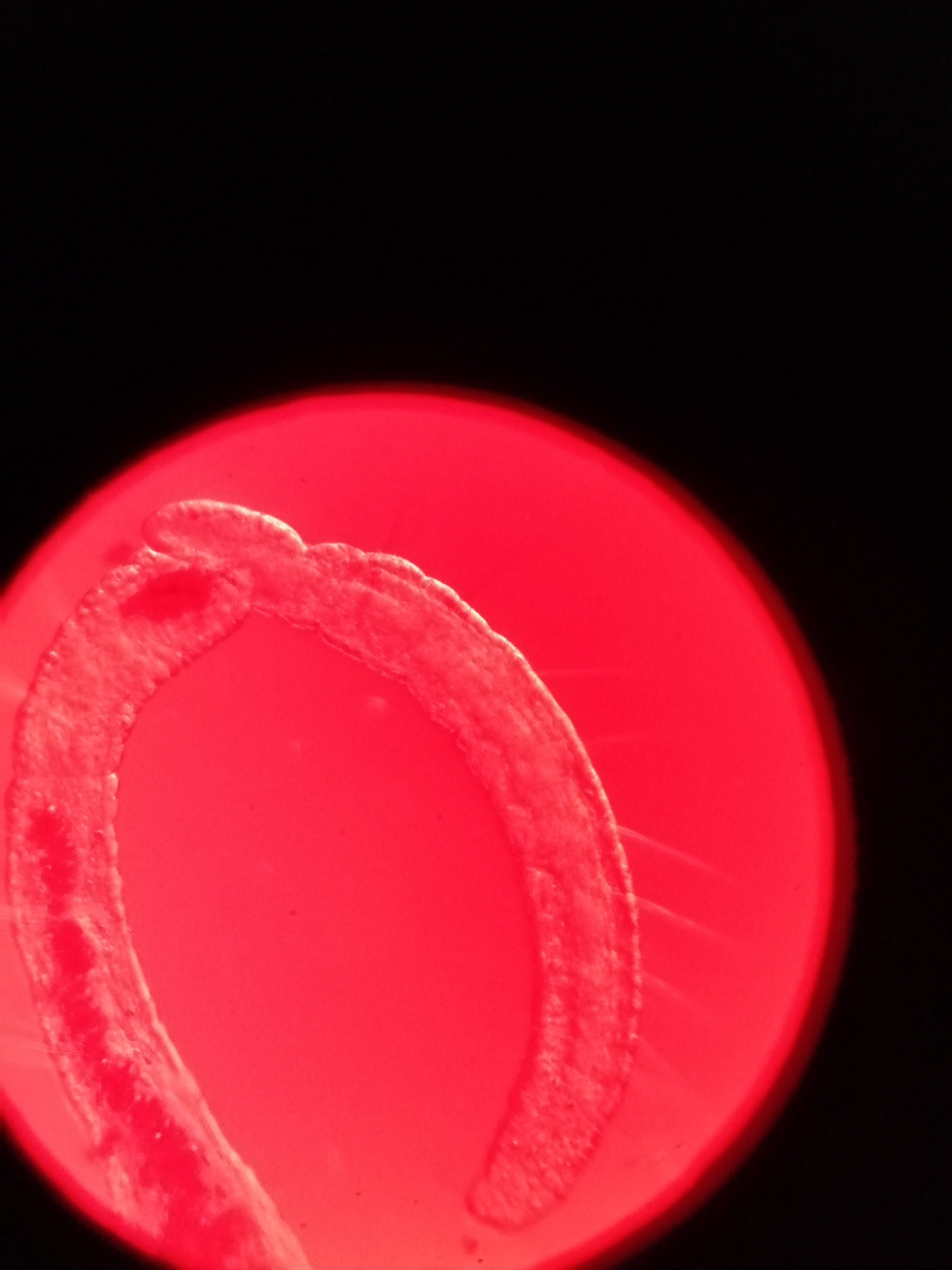
I have studied quite a bit this subclass of worms that belong to the phylum of the annelids, and I have seen several species of many different sizes and the main attraction in them is that we can study the functionality of the internal organs because they are transparent and colorless "those that are microscopic" , one of the characteristics of oligochaetes is that, unlike nematodes, their body is segmented, that is, divided into blocks! Despite being very primitive and basic animals we can see in their body 2 lobes: "anal" and "cephalic", in these animals we could differentiate between 7 to 600 segments in their morphology!😲😲
E estudiado bastante esta subclase de gusanos que pertenecen al filo de los anelidos, e visto varias especies de muchos tamaños diferentes y el principal atractivo en ellas es que podemos estudiar la funcionalidad de los organos internos porque son transparentes e incoloras "las que son microscopicas", una de las caracteristicas de los oligoquetos es que a diferencia de los nematodos su cuerpo es segmentado osea dividido en bloques! apesar de ser animales muy primitivos y basicos podemos ver en su cuerpo 2 lobulos: "anal" y "cefalico", en estos animales podriamos diferenciar entre 7 a 600 segmentos en su morfologia!😫🤯🤯

I like to make "in vivo" videos of the species I study because we can see all their characteristics from the way they feed to how they move, and this is something that draws our attention because we can see the living being in a more "realistic" environment. "That for example take it to a laboratory and study it! These animals are fantastic. If you look at the microbiology book that I use to identify them, you can see that their body has some "hairs" on each segment of the body and, as we see in the photo and the videos, our specimen also has some hairs! its blood system is basic but very interesting since it has two blood vessels, a "central vessel" and a "dorsal vessel" if we see around the intestine there are some large dark cells called "chloragogens" they perform liver cell functions such as accumulating glycogen.💥🤯
Me gusta hacer videos "in vivo" de las especies que estudio porque podemos ver todas sus caracteristicas desde la forma como se alimenta hasta como se mueven, y esto es algo que llama nuestra atencion porque podemos ver al ser vivo en un ambiente mas "realista" que por ejemplo llevarlo a un laboratorio y estudiarlo! estos animales son fantasticos si ves el libro de microbiologia que utilizo para identificar podras ver que su cuerpo tiene algunos "pelos" en cada segmento del cuerpo y como vemos en la foto y los videos nuestro ejemplar tiene tambien unos pelos! su sistema sanguineo es basico pero muy interesante ya que tiene dos vasos sanguineos un "vaso central" y un "vaso dorsal" si vemos al rededor del intestino hay unas celulas grandes oscuras son llamadas "cloragogenas" cumplen funciones de celulas hepaticas como acumular glucogeno.🩸🧬🧫


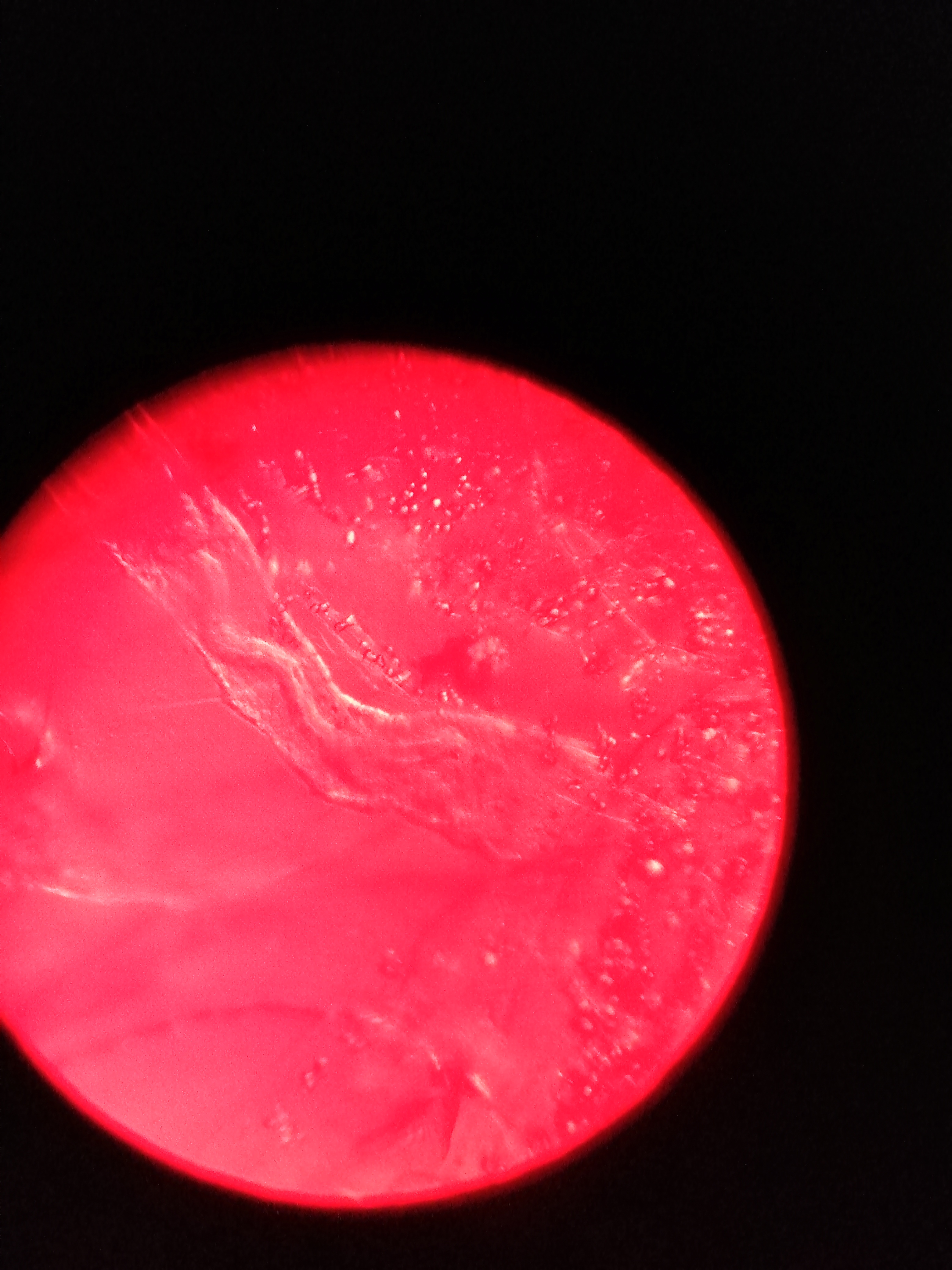
If my instinct does not fail me, this species belongs to the tubificidae, this means that they are robust and large animals that can reach up to 20 centimeters, according to the reference they have hemoglobin so their blood is red in addition to being able to regenerate their body if they suffer damage, They live in muddy areas and have "terminal intestinal" respiration. They do not reproduce asexually, so we can male and female in all species!🚻
Si mi instinto no me falla esta especie pertenece a los tubificidae, esto quiere decir que son animales robustos y grandes que pueden llegar hasta 20centimetros, segun la referencia presentan hemoglobina por lo que su sangre es roja ademas de poder regenerar su cuerpo si sufren daños, habitan en zonas con barro y tienen respiracion "intestinal terminal". No presentan reproduccion asexual, por lo que podemos macho y fema en todas las especies!🧠🐛🐛

DNA is an organization to foster and DENSIFY NATURE-APPRECIATION which aims to establish REPORTS OF BIODIVERSITY DATA that is contributed by all of us Hiveans and subsequently cataloged.
Therefore DNA searches for HIGH-QUALITY posts that aim to DESCRIBE and determine the BIODIVERSITY AROUND YOU with added EXPLANATIONS and INFORMATION. For these informative posts they offer a CURATION SERVICE using the @dna.org account. It is also a CURATION TRAIL. Just add the #dna TAG if you think that any of your posts is what they are looking for.
THANKS FOR READING ME (PHOTOS OF MY PROPERTY)🙂🧠🦾👍
Source:
Atlas-de-los-microorganismos-de-agua-dulce, Streble; Krauter (1987)






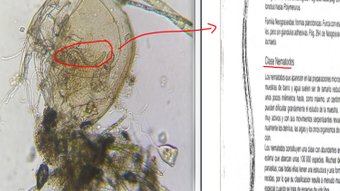

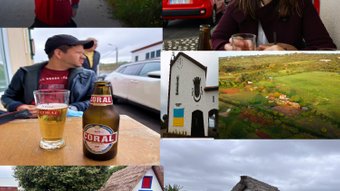
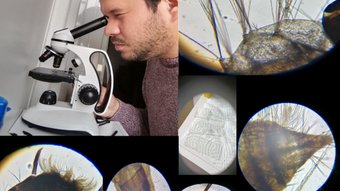


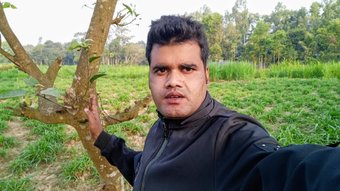
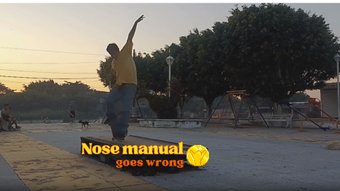

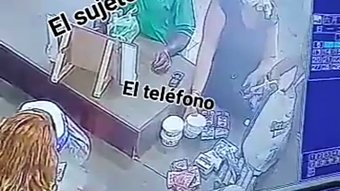
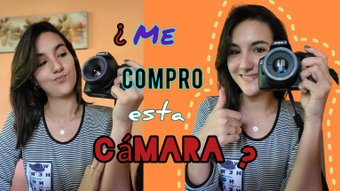
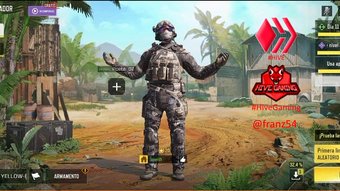
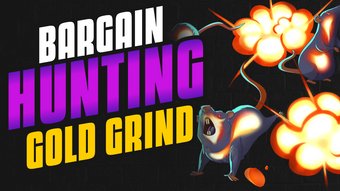




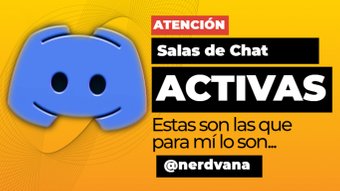
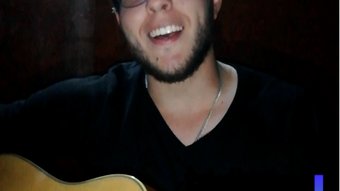
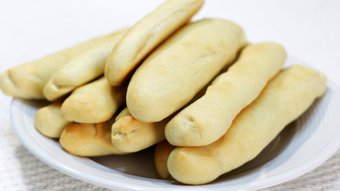
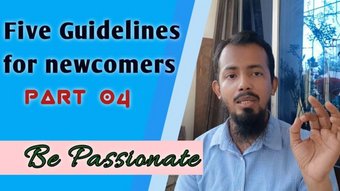
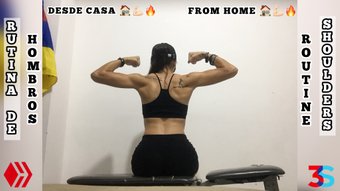


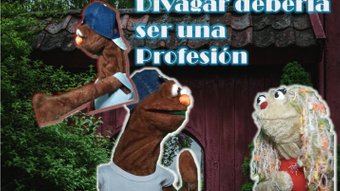
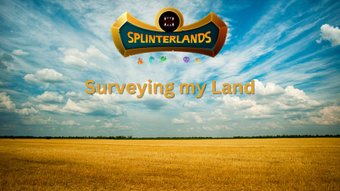
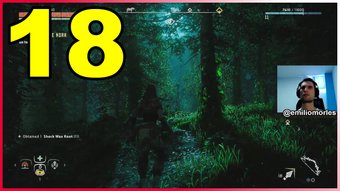


Comments:
Reply:
To comment on this video please connect a HIVE account to your profile: Connect HIVE Account